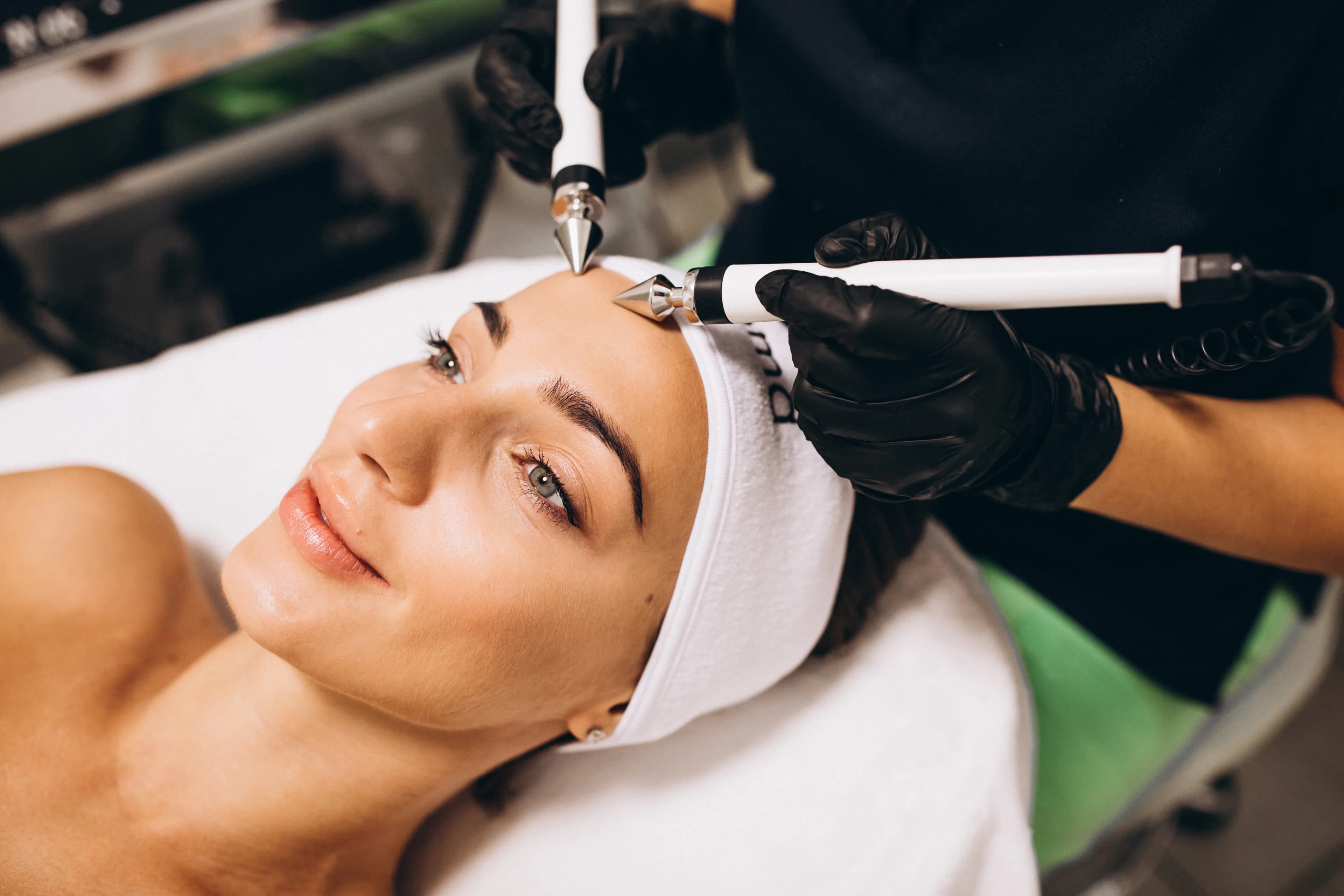As you get older, skin and tissues naturally lose their elasticity. This leads to sagging and wrinkles. A facelift, also known as rhytidectomy, is a surgical procedure that lifts and tightens these facial tissues. If you want to learn more about facelifts, read this article from the Doctourwebsite.
What is a facelift?
A facelift can involve removing excess skin, smoothing out folds or wrinkles, and tightening facial tissue. It doesn’t include a brow or eye lift, although these might be done at the same time. Also, a facelift is only focused on the bottom two-thirds of the face and often the neck or décolletage. People get facelifts for lots of different reasons. A common reason is to help disguise signs of skin aging.
Is a faceliftright for me?
Healthy individuals who don’t have medical conditions that can interfere with wound healing or recovery from surgery
Those who don’t smokeor misuse substances
Those who have realistic expectations of what the surgery entails

What is a facelift?
A facelift, or rhytidectomy, is a surgical procedure that improves visible signs of aging in the face and neck, such as:
Relaxation of the skin of the face causes sagging.
Deepening of the fold lines between the nose and corner of the mouth
Fat that has fallen or has disappeared
Jowls developing in the cheeks and jaw
Loose skin and excess fat on the neck that can appear as a double chin or "turkey neck"
The loss of youthful contours in the face can be due to various factors, including thinning of the skin, loss of facial fat, gravity, sun damage, smoking, heredity, and stress.
Other procedures that might be performed in conjunction with a facelift are brow lifts and eyelid surgery to rejuvenate aging eyes. Fat transfer or fillers may be suggested to replace the lost fatty volume. Skin treatments such as IPL, dermabrasion, peels, or laser may be offered to improve the quality and texture of the skin.
How does a facelift work?
During a facelift, your surgeon repositions fat and tissue under the skin to:
Help smooth out creases.
Remove excess skin that’s causing sagging or “jowls”
Lift and tighten the facial skin.
What facelift surgery can't do
As a restorative surgery, a facelift does not change your fundamental appearance and cannot stop the aging process. A facelift can only be performed surgically; minimally invasive rejuvenation treatments cannot achieve the same results but may help delay the time at which a facelift becomes appropriate and complement the results of surgery. Some minimally invasive treatments, such as stem cell facelifts, are of unproven benefit.
What are the types of facelifts?
Michele Koo, MD, FACS, a double board-certified plastic surgeon and founder of Private Practice Skincare, says there are several types of facelifts, including:
Mini facelift: A modified version of the facelift, the mini facelift targets loose skin around the neck and jawline.
Mid-facelift: Also known as a cheek lift, a mid-facelift focuses on rectifying sagging skin from the upper mouth to the eyes. The area includes the cheeks and nose.
Nonsurgical facelift: A non-surgical facelift procedure doesn’t require general anesthesia or large incisions, but it still targets signs of aging, including sagging skin, creases, and wrinkles. Vampire facelifts, liquid facelifts, and thread lifts are examples of nonsurgical procedures that target skin on the face.

What’s the procedure for a facelift?
Facelifts vary depending on your desired results.
Traditionally, an incision is made in the hairline near the temples. The incision goes in front of the ear, down in front of and hugging the earlobe, then back to the lower scalp behind the ears.
Fat and excess skin may be removed or redistributed from the face. The underlying muscle and connective tissue are redistributed and tightened. If there’s minimal skin sagging, a “mini” facelift may be done. This involves shorter incisions.
If a neck lift is also going to be performed, the excess skin and fat will be removed. The skin of the neck will be tightened and pulled up and back. This is often done through an incision just under the chin.
The incisions often have dissolvable sutures or skin glue. In some cases, you might need to return to the surgeon to have stitches removed. The incisions are made in such a way that they blend with your hairline and facial structure.
You’ll often have a surgical drainage tube after surgery as well as bandages wrapping your face.
What are the potential risks and side effects of facelifts?
There are risks to any medical procedure, including a facelift. Risks include:
Anesthesia risks
Bleeding
Infection
Cardiac events
Blood clots
Pain or scarring
Hair loss at the incision sites
Prolonged swelling
Problems with wound healing

Conclusion
A facelift is a surgical procedure that improves the signs of aging in the face and neck by repositioning or removing excess skin, fat, and muscle. It can restore a more youthful and refreshed appearance by correcting sagging jowls, neck bands, deep wrinkles, and hollow cheeks. A facelift is not a one-size-fits-all solution, and different types and techniques of facelifts can be customized to suit the individual needs and goals of each patient. Some of the factors that influence the choice of facelift include the degree of facial aging, the skin quality, the facial anatomy, and the personal preferences of the patient.
Read more: